Matthew Woloschiniwsky
Advisor: Terri Fuglem
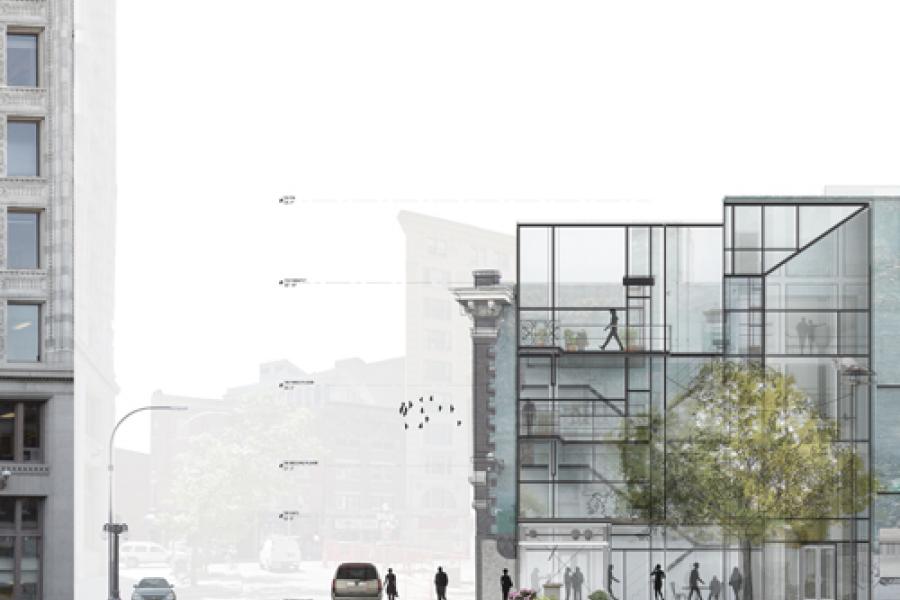
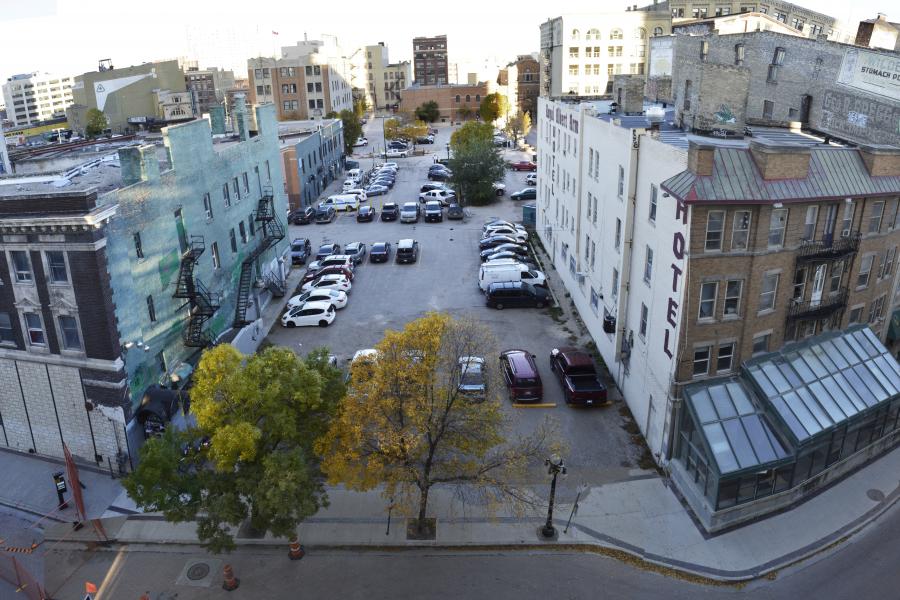
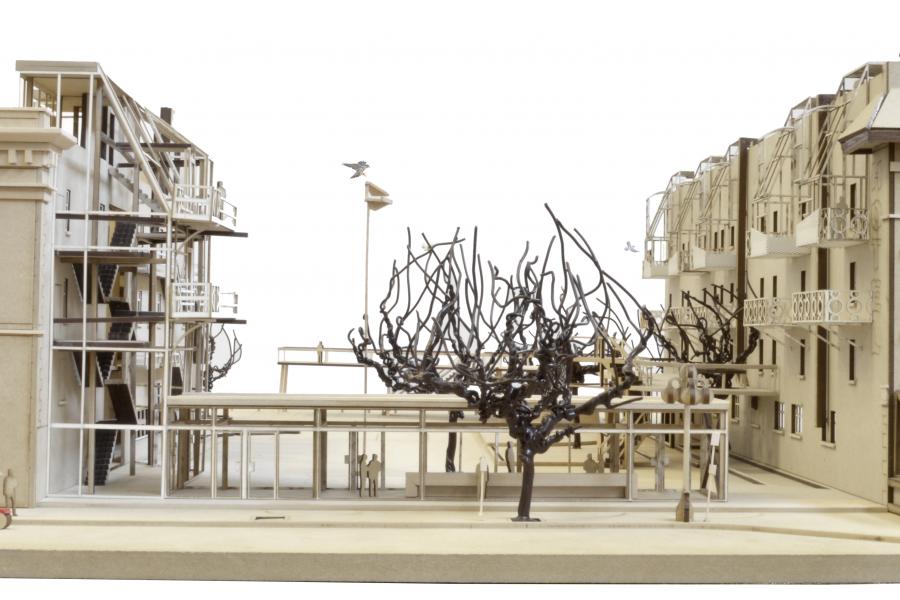
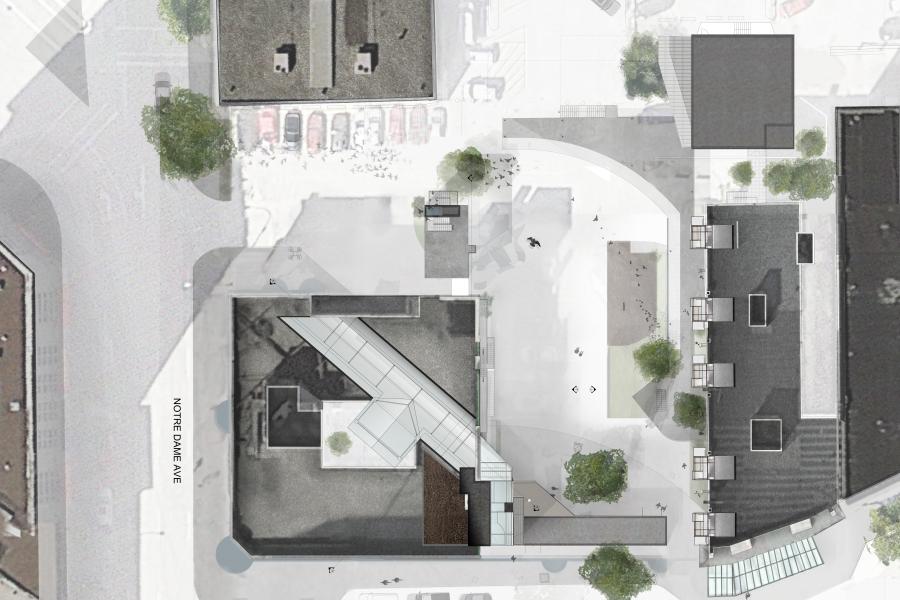
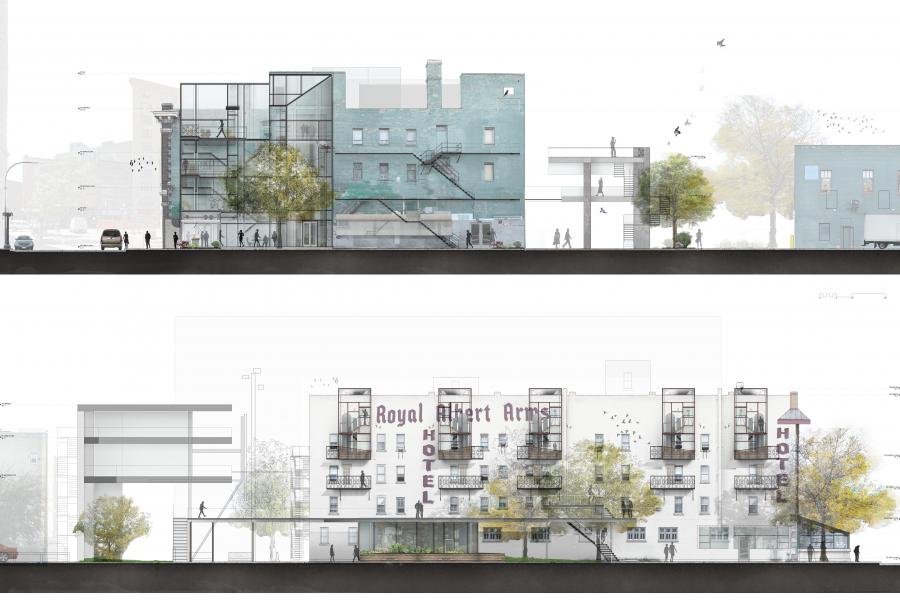
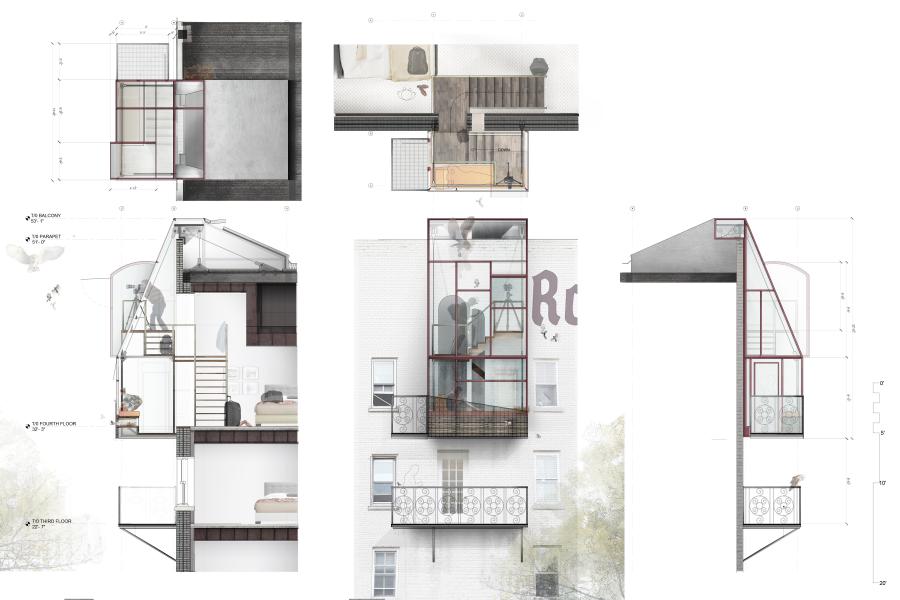
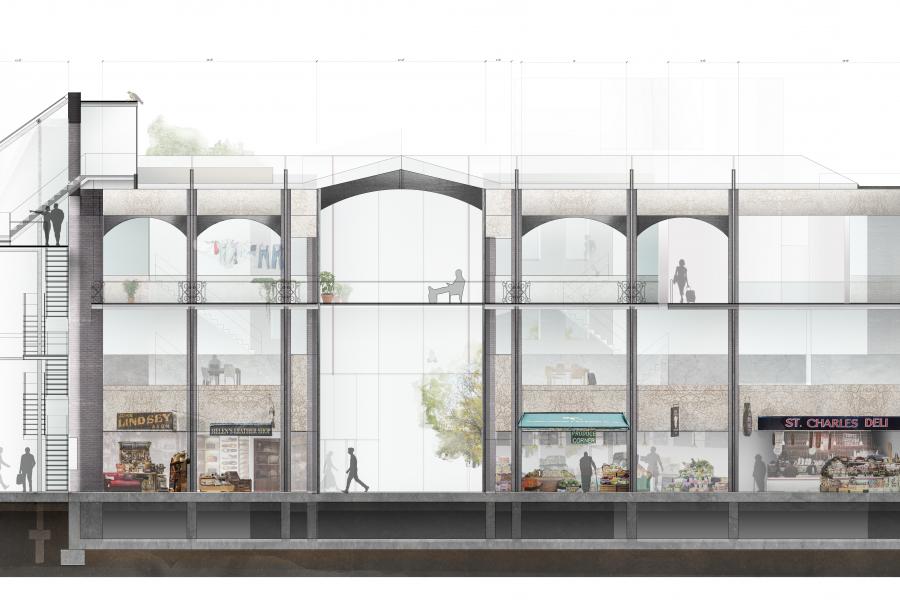
The Mythological Rite: Authorship, Authority, and Architecture
The investigation of this thesis began with a concern about how the walls of our dense cities are eroding social mechanisms, and in actuality are preventing and discouraging the natural pursuit of a collective action.1 There has been a loss of civic generosity, just as function is destroying the nature of the public square. We now navigate city streets as voyeurs, with nothing to look at besides our own reflection in the glass.2 With open public spaces dwindling, vital action must be taken to save them, yet the tools for regulating the public realm remain imperfect just as the notion of ownership dominates the urban landscape. In reality, there are multiple layers of authority over spaces, each with a series of complex and overlapping tenure rights.3 This sets the questioning of who or what is the authority and author of our cities?
Our rational understanding of society stems from relationships that developed in the past, beginning with those recorded in stories, myths and legends. The images offered by these narratives aid in shaping our reality and in turn, express us.4 Undoubtedly, cities are strange; built on mythological origins, they all share a commonality of transgression and encroachment. Through fashioning a mythology about the site, it provides an insight into the various layers of authorities within it while also emphasizing the mechanisms for growth laden within it. In part, tension can become a driving force for informal development, through which a character of place is expressed; generating its own architecture respective to both the nature of the site and the life of its dwellers.
Cities need to express this character, using tension as a positive force of development to provoke experiences and bring interest and life back to the public street. We find the authorship of our cities in collective consciousness of pathways. Whether these paths are deliberately cut or unintentional created, they reflect a collective decision. They connect different worlds together and, give shape to the character of our cities beyond what could be considered “appropriate.” This project ultimately seeks to revive two derelict hotels; separating them by a public plaza in which the St. Charles Hotel is turned into a mixed use, housing and market space, while the opposing Royal Albert Arms Hotel gains balconies to engage the world of the birds above and the surrounding plaza. The spaces balance on a fine line, mediating between personal expression and the right of the public, beyond a third party liability.
1 Richard Sennett, The Fall of Public Man (New York: Vintage Books, 1978) 164.
2 Daniel Libeskind and Sarah Crichton, Breaking Ground (New York: Riverhead Books, 2004) 71.
3 Josh Ryan-Collins, Toby Lloyd and Laurie Macfarlane, Rethinking the Economics of Land and Housing (Zed Books LTD: London, UK. 2017) 18.
4 Gaston Bachelard and M Jolas, The Poetics of Space (Boston: Beacon Press, 1994) 12.
